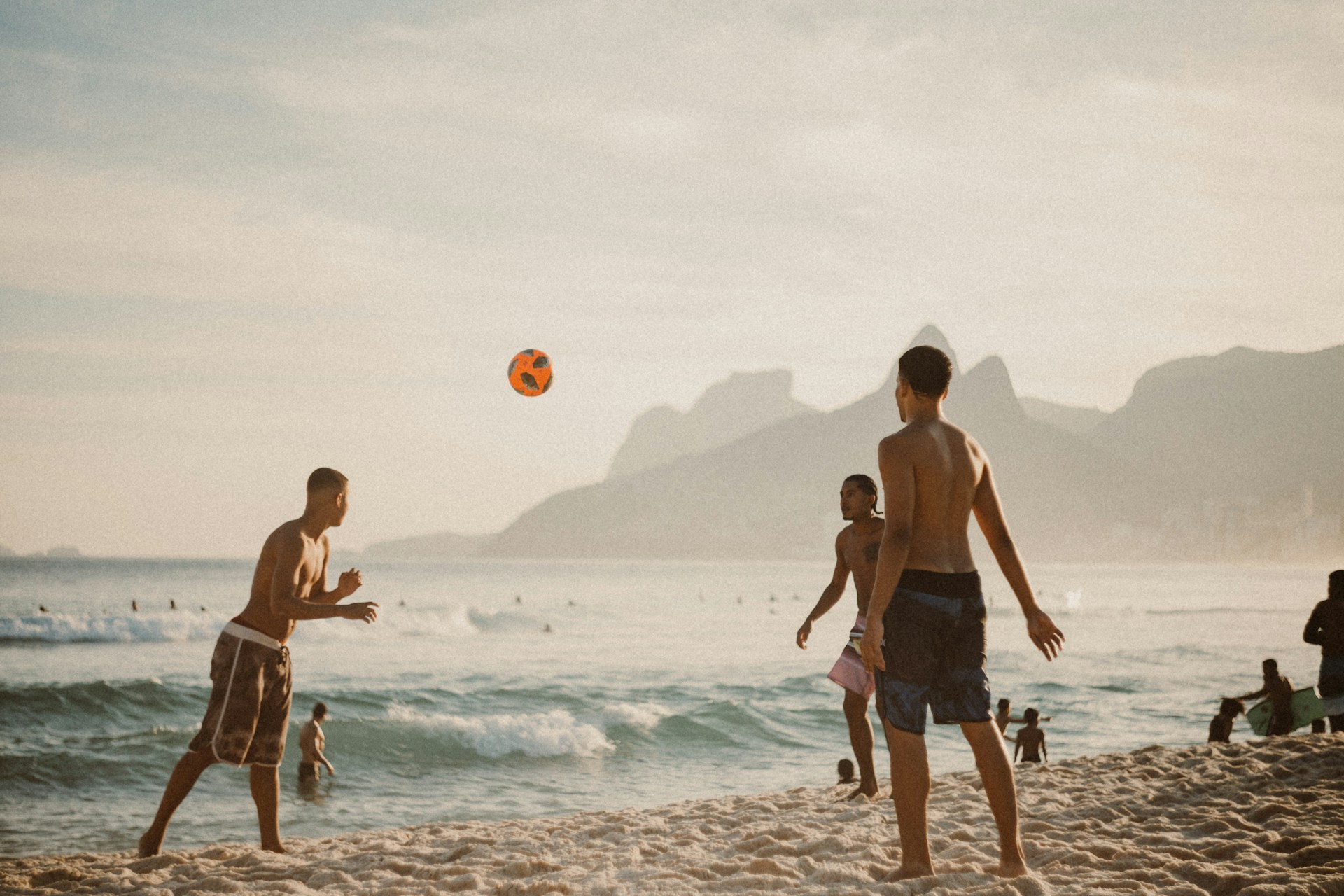Why you should visit Brazil
The country is home to some of the world’s most iconic sights. Christ the Redeemer in Rio de Janeiro, the mighty Iguazú Falls, and the endless Amazon River are just a few of the highlights. Nature lovers will find unparalleled biodiversity, while beachgoers can enjoy over 7,000 kilometers of coastline, lined with lively resorts and quiet escapes alike.
Brazil’s culture is as captivating as its landscapes. With its mix of Portuguese, African, and Indigenous influences, the country offers world-class music, dance, and cuisine. From samba and bossa nova to churrasco barbecue and tropical fruits, every day in Brazil feels like a celebration of life.
Quick Facts
- Region
- South America
- Country
- Brazil
- Capital City
- Brasília
- Currency
- Brazilian Real (BRL, R$)
- Population
- ~214 million
- Language
- Portuguese
- Best Time To Visit
- Dec–Mar for beaches & Carnival; May–Sept for the Amazon and Pantanal
- Safety Rating
-
- Value for Money
-
Top Destinations in Brazil
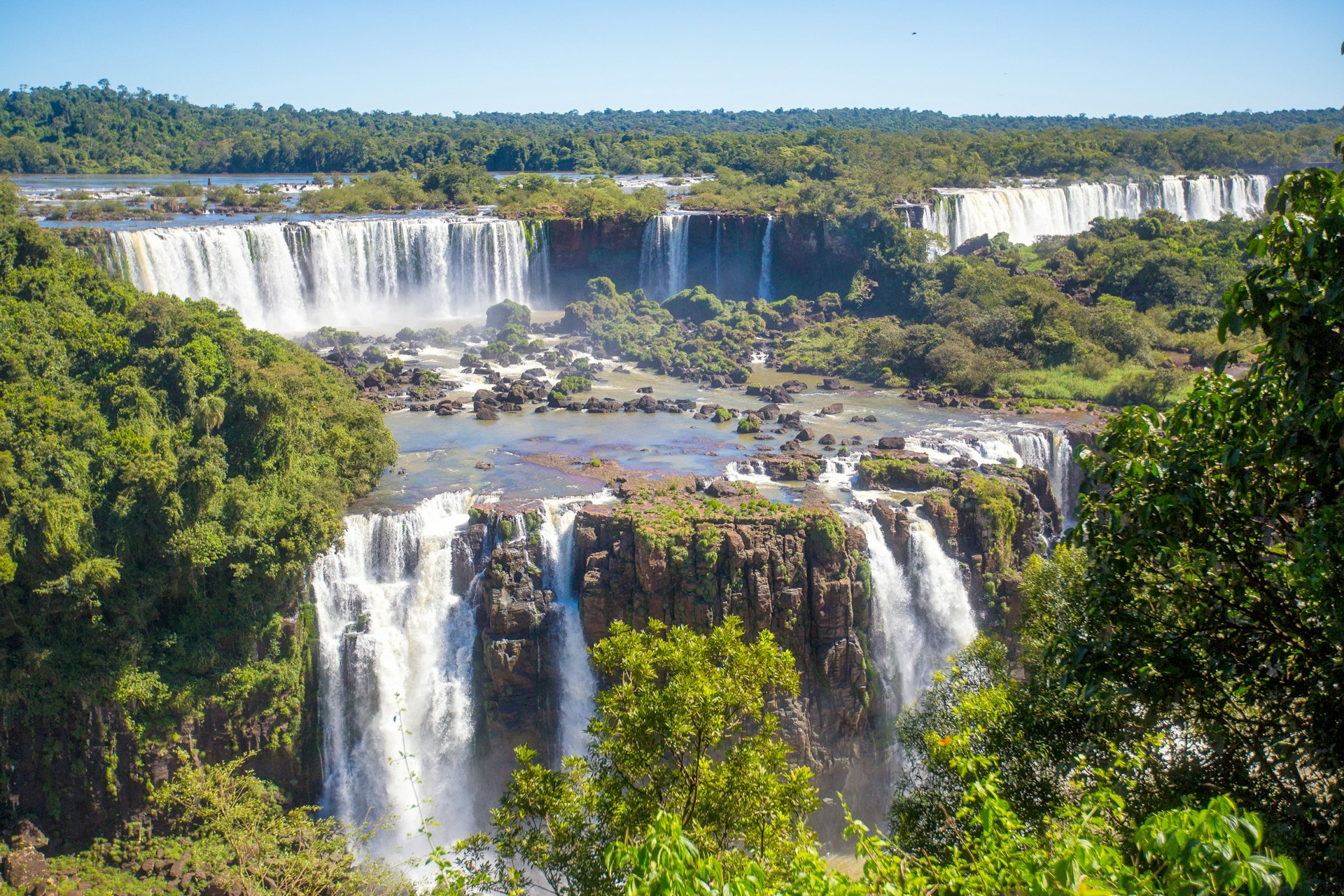
Iguazú Falls
Shared with Argentina, Iguazú Falls is one of the world’s largest and most spectacular waterfall systems. On the Brazilian side, visitors enjoy sweeping panoramic views of over 250 cascades crashing into the Iguazú River. Walkways and observation decks bring travelers face-to-face with the power of Devil’s Throat, the most dramatic section of the falls. Helicopter rides offer a bird’s-eye view of the entire system. The surrounding rainforest teems with wildlife, including toucans, coatis, and butterflies. Visiting Iguazú is an awe-inspiring experience and one of South America’s greatest natural attractions.
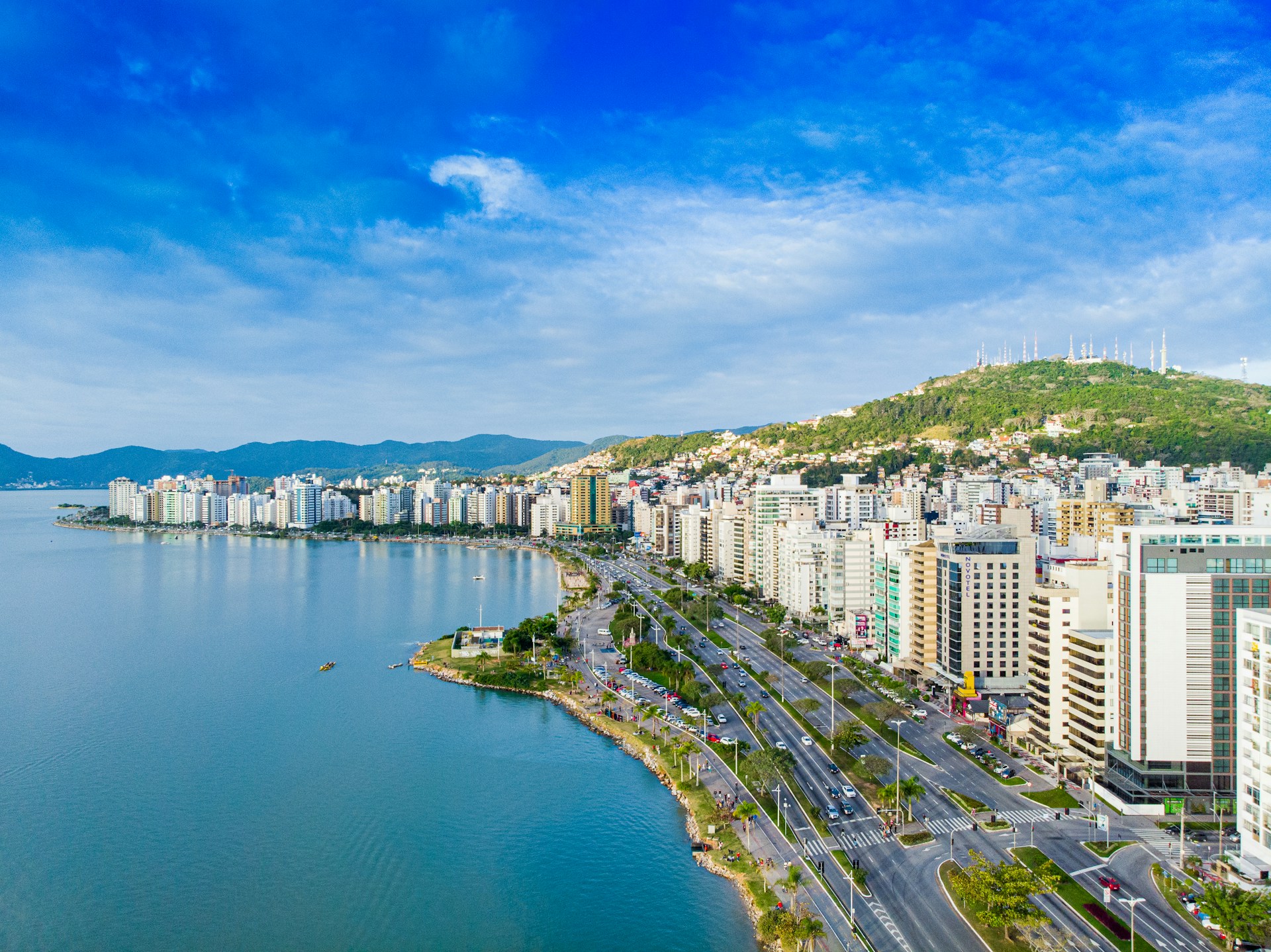
Florianópolis
Known as the “Magic Island,” Florianópolis (or Floripa) is famous for its stunning beaches, surf spots, and laid-back lifestyle. Located in southern Brazil, the island offers over 40 beaches, ranging from family-friendly bays to wild surfing waves. Beyond the beaches, Florianópolis has a charming historic center with colonial Portuguese architecture, as well as vibrant nightlife. The island is also known for fresh seafood, especially oysters, which are farmed locally. Floripa is a top choice for those looking to combine relaxation with outdoor activities. Visitors can surf, paraglide, hike through coastal trails, or simply enjoy the sun on golden sands.
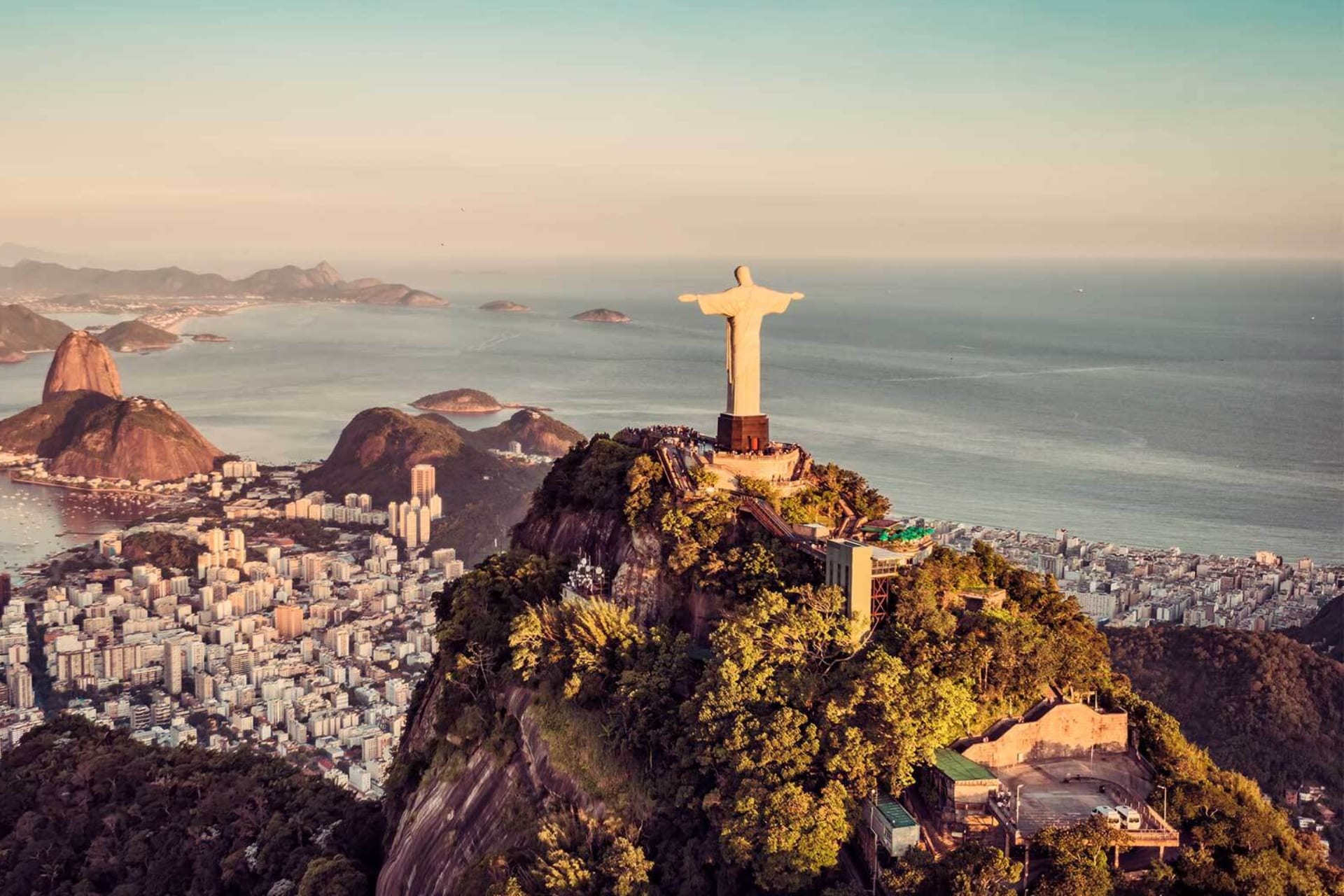
Rio de Janeiro
Rio de Janeiro is Brazil’s most famous city, known for its stunning natural setting and vibrant culture. Nestled between lush mountains and golden beaches, Rio is home to the iconic Christ the Redeemer statue and Sugarloaf Mountain, both offering unforgettable views. The city’s beaches—Copacabana and Ipanema—are legendary for their energy, samba rhythms, and lively atmosphere. Visitors can also explore the bohemian Santa Teresa neighborhood or ride a cable car to Sugarloaf at sunset. Rio is also synonymous with Carnival, the world’s biggest street party. With music, dance, and costumes, Carnival showcases Brazil’s joyous spirit and attracts millions of visitors each year.
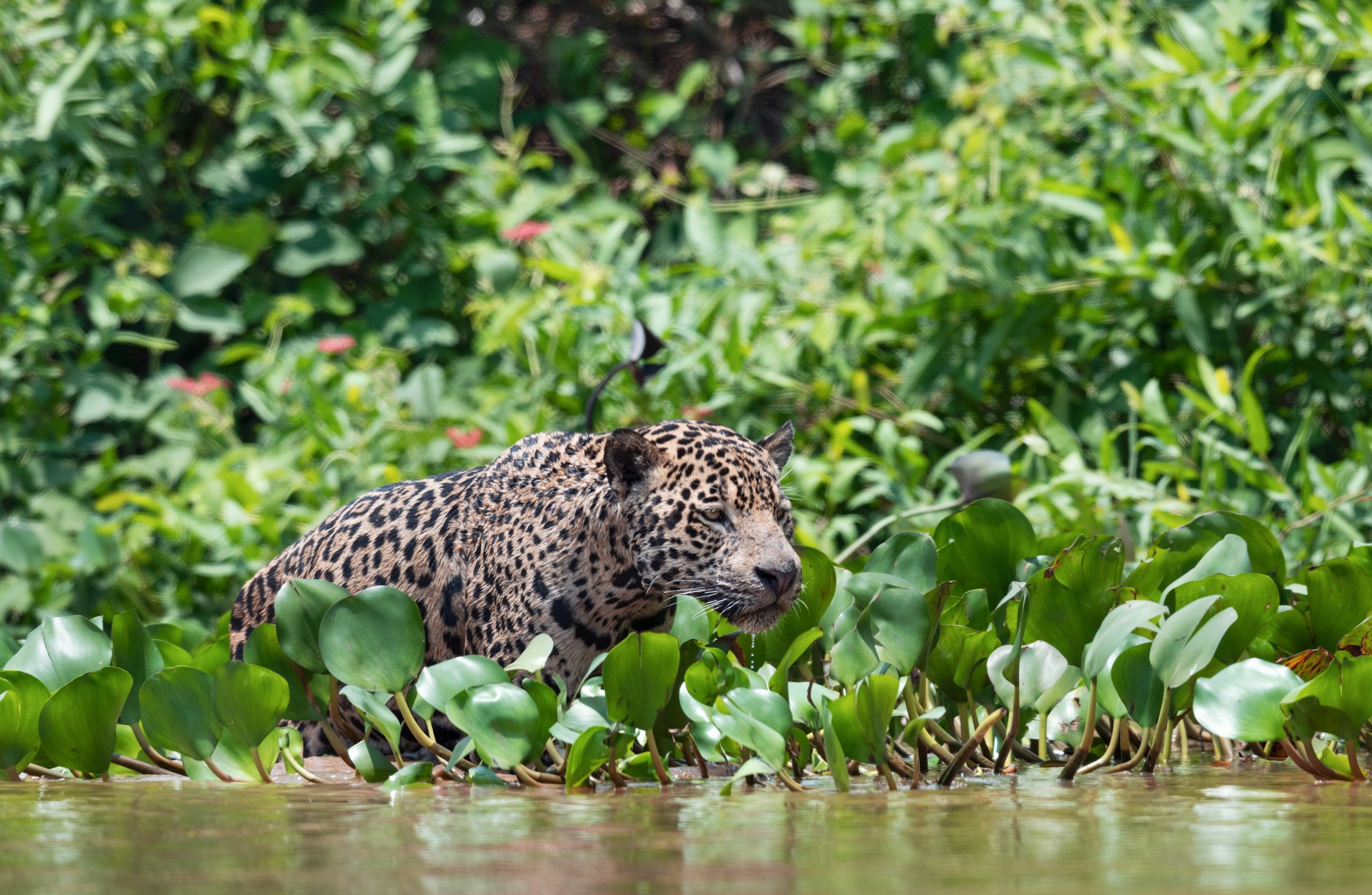
Pantanal
The Pantanal is the world’s largest tropical wetland and one of the best places in South America for wildlife viewing. Unlike the dense Amazon, the open landscapes of the Pantanal make spotting animals much easier. Visitors often see jaguars, capybaras, caimans, giant otters, and hundreds of bird species. The wet season (November–March) transforms the Pantanal into a lush water-filled paradise, while the dry season (May–September) concentrates wildlife around shrinking waterholes, making sightings even more spectacular. Guided safaris, boat rides, and horseback tours are the best ways to experience the region. For photographers, birdwatchers, and animal lovers, the Pantanal is a dream destination. It provides some of the most reliable opportunities for seeing Brazil’s iconic wildlife in its natural habitat.
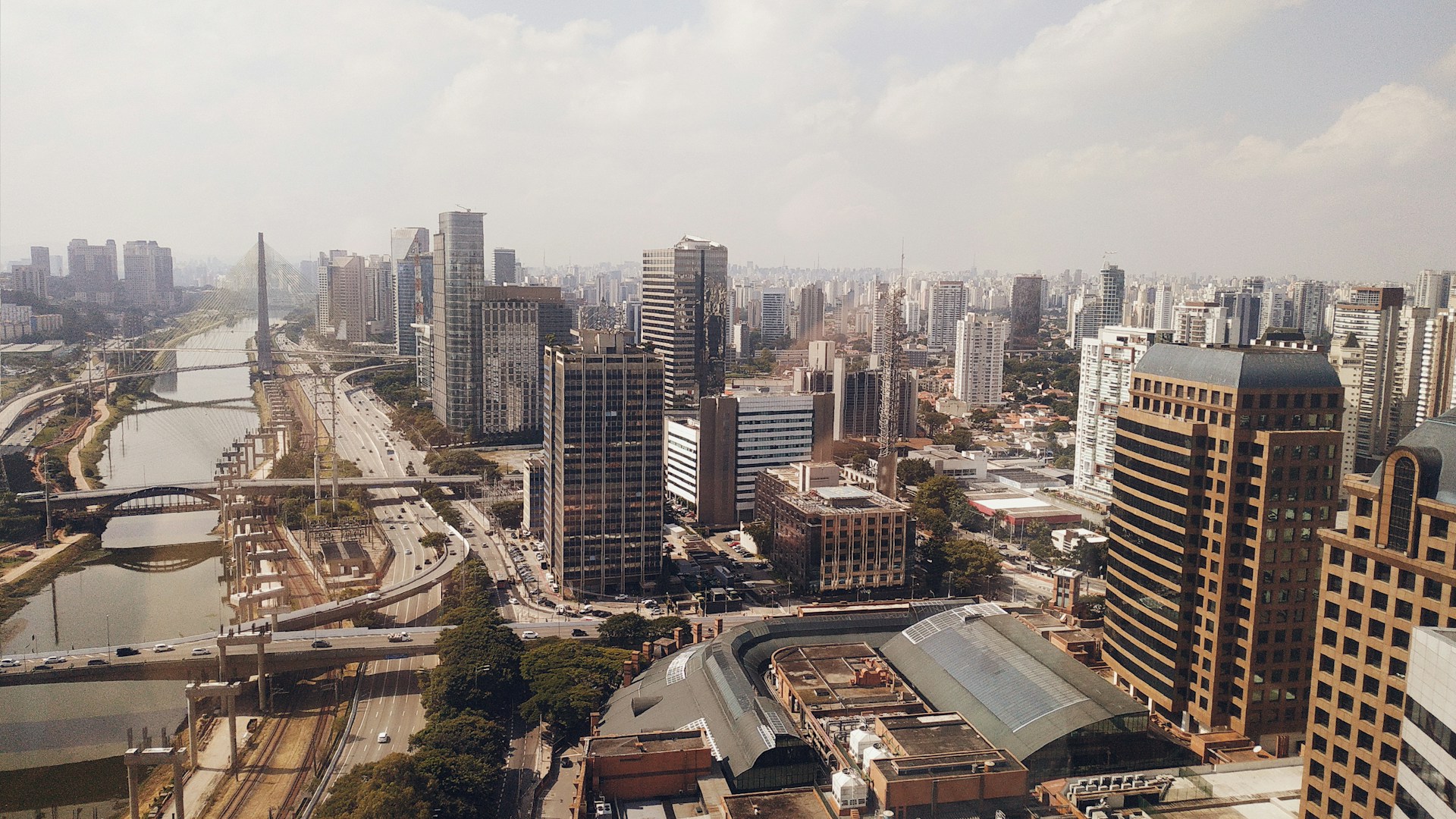
São Paulo
São Paulo is Brazil’s largest city and a global hub of business, culture, and food. While less flashy than Rio, it offers world-class museums, theaters, and a thriving nightlife scene. Foodies will love São Paulo’s culinary diversity, from traditional Brazilian dishes to Michelin-starred restaurants and international flavors. The Mercado Municipal is a must-visit for local specialties. The city also boasts impressive cultural institutions, such as the São Paulo Museum of Art (MASP) and Ibirapuera Park, designed by famed architect Oscar Niemeyer. São Paulo is a city that never stops moving.
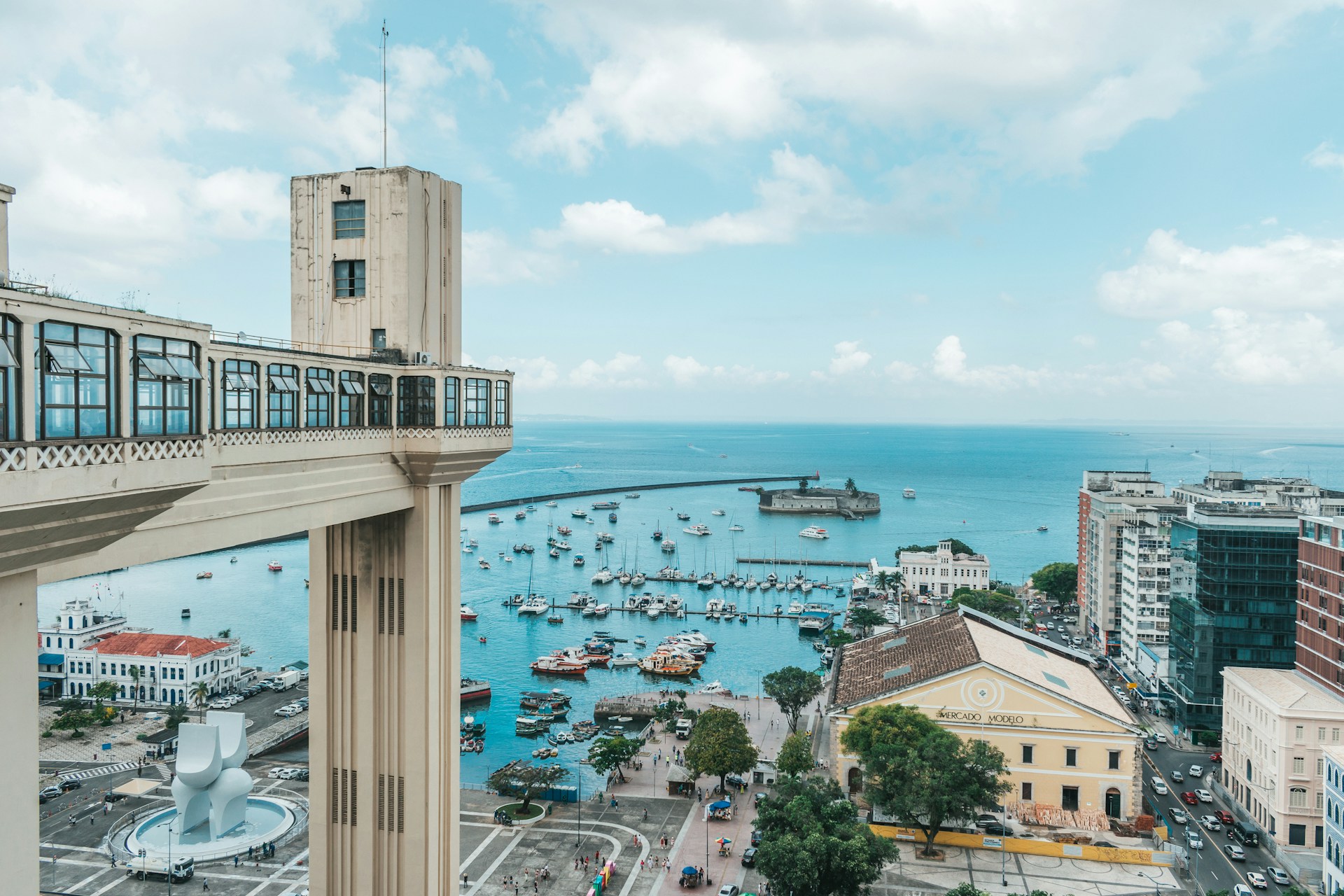
Salvador
Salvador, the capital of Bahia, is Brazil’s cultural heart. Its colorful colonial architecture, cobbled streets, and Afro-Brazilian traditions make it one of the most unique cities in the country. The Pelourinho district is a UNESCO World Heritage Site filled with churches, music, and lively squares. Salvador is also famous for capoeira, an Afro-Brazilian martial art that blends dance and rhythm. The city’s beaches and coastal vibe add to its charm. Visitors can sample Bahian cuisine, known for its African influences, or join in the vibrant local festivals. Salvador is Brazil’s soul, full of rhythm and color.
Official Tourist Links
Official government portal with public services, information, and resources.
Official visa requirements and application details from the Ministry of Foreign Affairs.
Official tourism site with travel inspiration, itineraries, and guides.
Start planning your dream trip to Brazil
Answer a few quick questions and we’ll create a custom itinerary just for you, completely free, with no commissions or preferred suppliers, just like having your own personal travel agent.

